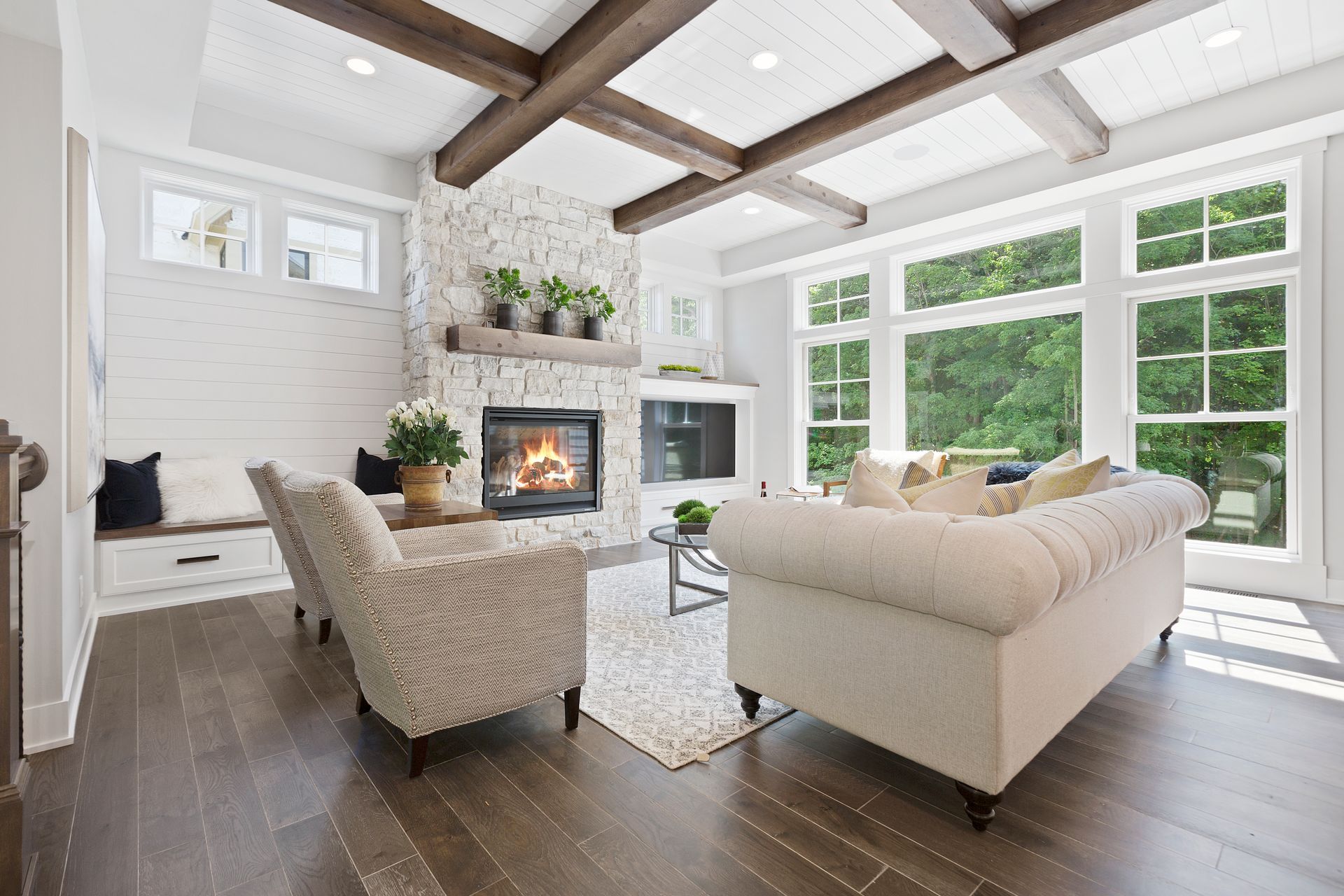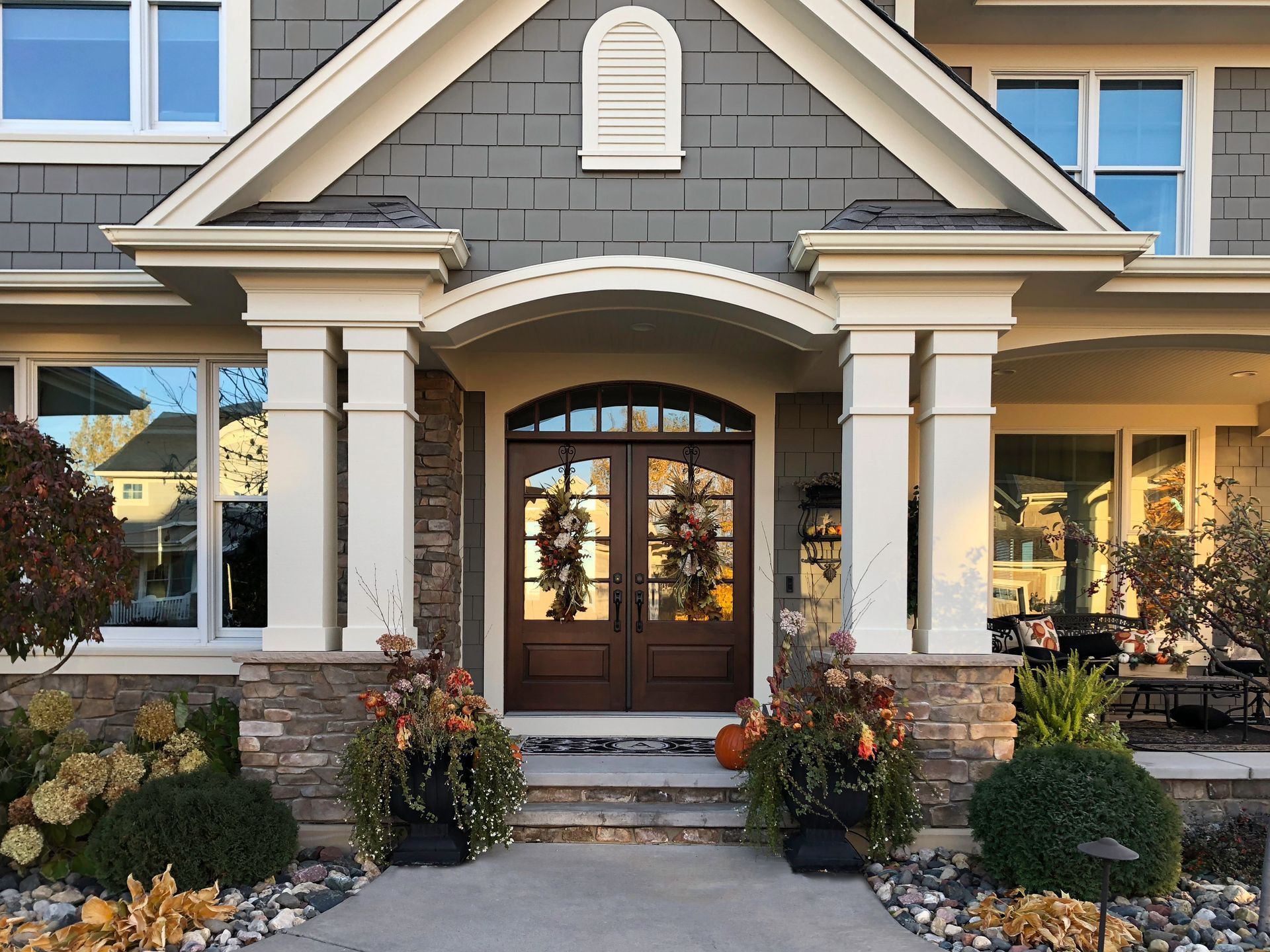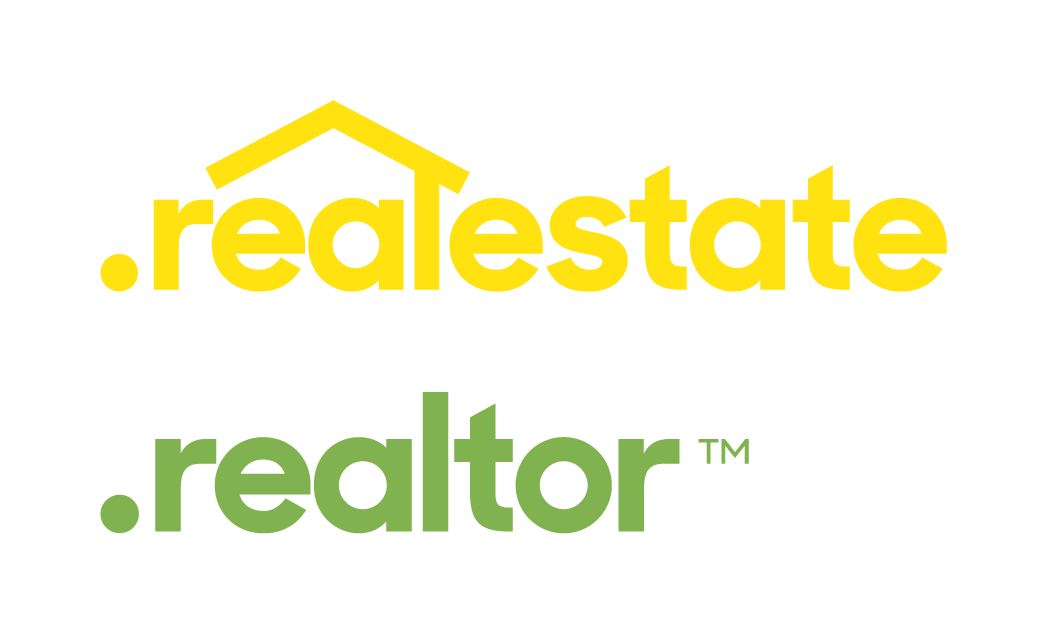The Ultimate Guide to Packing Up Your House for a Move
Moving can feel like a whirlwind, but with the right strategy, you can pack up your home efficiently and with minimal stress. Whether you’re heading across town or across the country, these steps will help you stay organized and on top of the moving game.
1. Start Early and Make a Plan
Waiting until the last minute is a recipe for chaos. Begin packing weeks in advance, starting with items you use the least. Create a moving checklist to track tasks like decluttering, packing, and scheduling movers.
2. Declutter Ruthlessly
Before putting anything in a box, ask yourself: Do I really need this? Moving is the perfect time to donate, sell, or toss items that no longer serve you. Less stuff means fewer boxes and a fresh start in your new home.
3. Gather Your Packing Supplies
Stock up on:
- Sturdy boxes in various sizes
- Packing tape
- Bubble wrap and packing paper
- Markers for labeling
- Specialty containers (like wardrobe boxes for clothing)
4. Pack Room by Room
Tackle one space at a time, beginning with areas you use the least (like the attic or guest room). Label boxes clearly with the room name and a brief description of the contents.
5. Protect Fragile Items
Wrap breakable items like dishes and glassware with bubble wrap or towels. Pack plates vertically like records to reduce the risk of breakage, and fill empty spaces with soft materials to prevent movement.
6. Keep Essentials Handy
Pack a "first-night box" with necessities like toiletries, medications, chargers, a change of clothes, and basic kitchen supplies. Having these essentials within easy reach will save you from rummaging through boxes at midnight.
7. Take Photos Before Disassembling
Snap pictures of complicated setups, such as the back of your TV and computer wires. These photos will help you reconnect everything quickly in your new place.
8. Use What You Have
Instead of buying excessive packing materials, use suitcases, laundry baskets, and bins you already own. Wrap fragile items in blankets or towels to save on bubble wrap.
9. Label Smartly
Go beyond basic labels—mark boxes with “FRAGILE,” “THIS SIDE UP,” or priority unpacking instructions. You’ll thank yourself when you get to your new home and know exactly where things belong.
10. Hire Movers or Rent a Truck
Decide whether you’ll hire professionals or do it yourself. If you’re renting a truck, book it early. If you’re using movers, research reviews and get quotes before choosing a company.
Final Thoughts
Packing up your home doesn’t have to be overwhelming. With early planning, smart strategies, and a little patience, you can transition to your new space smoothly. Take it one box at a time, and soon enough, you’ll be settling into your fresh new home.







